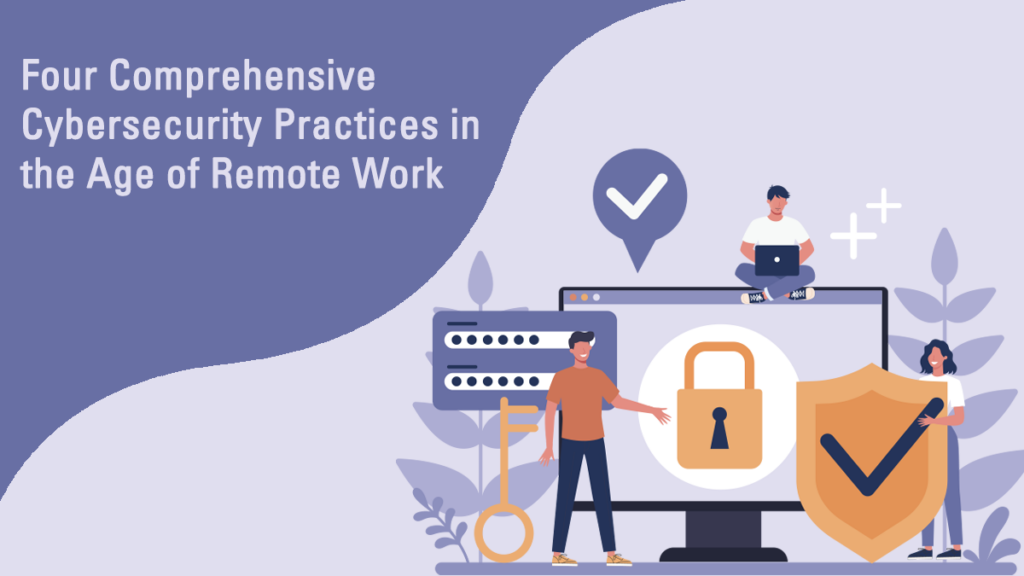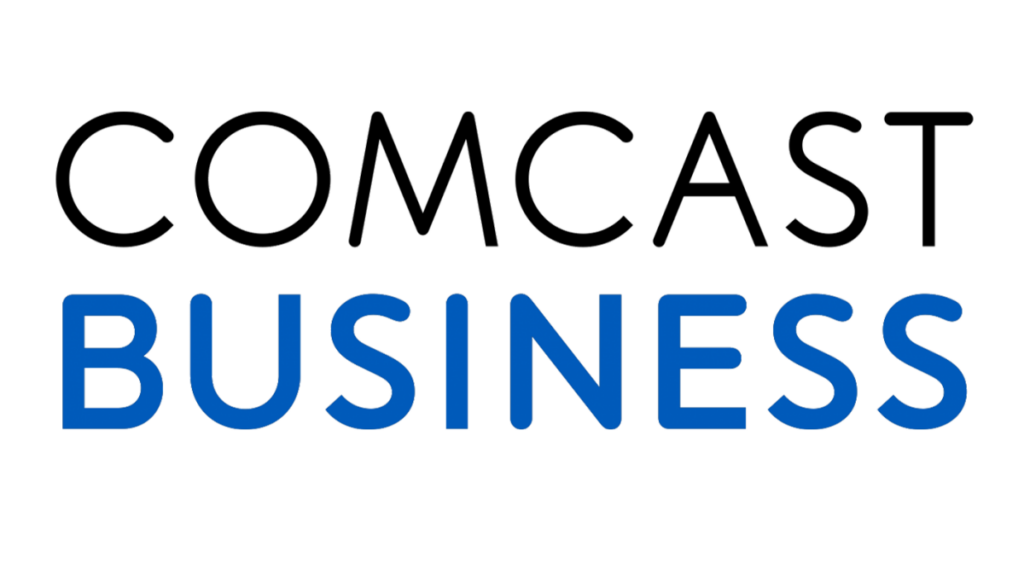

Contributed by Pamela Dover, senior director of marketing and business development for Comcast Business in Michigan.
How Businesses Can Protect Their Networks, Devices, and Data

As businesses continue to shore up remote and hybrid workspaces, cybersecurity practices are more vital than ever. Businesses of all sizes are at risk for attacks, and they are even more vulnerable now since employees working from home may not have their own cybersecurity procedures in place. Simultaneously, cyberattacks are becoming more sophisticated. According to a study by Deloitte, the number of cyberattacks using previously unseen methods increased by 15 percent amidst COVID-19.
Businesses must adapt to the ever-changing landscape of cyberattacks to prevent breaches and hacks. Here are four best practices for implementing a strong cybersecurity strategy.
Identify risks and implement threat monitoring
The first step toward a comprehensive cybersecurity plan is identifying a business’ risks. Employers must understand the threat landscape and what an attack could mean for their organizations. Then, identify digital assets — including network hubs, personal devices, and cloud storage — that are potentially at risk. Knowing what needs to be protected will also help identify gaps in current cybersecurity plans.
To begin safeguarding digital assets, install threat monitoring tools, firewalls, and anti-virus solutions. Together, these cybersecurity measures provide a strong base. Threat monitoring tools block malicious threats like malware, ransomware, and phishing. Firewalls create barriers between trusted and untrusted networks, preventing access to suspicious IP addresses. Anti-virus tools can prevent, detect and remove malicious files.
Enact a proactive cybersecurity strategy
After identifying risks and creating a base strategy, it is essential to enact a proactive cybersecurity plan. Although any strategy will have to continuously adapt to evolving cybersecurity threats, there are several key aspects that a proactive cybersecurity plan should have.
Businesses can stay on top of potential network threats and determine needed updates to their cybersecurity infrastructure by continually stress testing their networks. Monitoring networks and software will help create a zero-trust environment for cyberattacks. This can also be as simple as spotting indicators of behaviors that could lead to a cyberattack, such as using an unknown network source or downloading data to an external device. Identifying these actions will allow employees and employers, alike, to stop them before they lead to a breach.
Deploy the right cybersecurity tools to protect your new business models
When it comes to creating a comprehensive cybersecurity model, employers must focus on their organization’s specific risks. Safeguarding networks is essential, especially since remote workers likely have fewer security measures on their home networks than offices do. Network security solutions, like access controls and URL filtering, proactively protect employees’ devices and the data that they are accessing.
IT teams can also follow simple steps to protect employee devices. Updating devices’ software in a timely matter can help protect users from threats. Password management solutions are equally as important, as employees can create strong passwords and easily and safely store or access them. Multi-factor authentication tools also add an extra layer of protection for employees accessing potentially sensitive information.
Educate employees on best practices and how to handle attacks
The value of employee cybersecurity education cannot be overlooked. Even if businesses have the right solutions in place to protect their data, it means nothing without ensuring that employees are prepared too. Well over half of the breaches that happen in the U.S. involve company insiders, according to a study by IBM. Employees must be continuously trained and educated on recognizing and reporting evolving cyber-attack methods.
Employees must also understand how to handle an attack. Preparing a detailed plan for employees to follow in case they fall victim to a cyberattack will help minimize immediate damage. A response plan should include tactics and timing for alerting employers, clear steps for recovery, and considerations for handling an attack when remotely working.
Employee education can come from an outside trainer, online courses, or internal reminders, but it is best to use a combination of these approaches. Standardized education campaigns and simulated cyberattacks are just a few ways to help keep employees aware.
Protect your business against the new threat landscape with an extensive cybersecurity plan
Cybersecurity should be top of mind for any business, big or small. To give your business its best chance at avoiding and defeating cyberattacks, it is crucial to implement a strong plan that includes customized cybersecurity tools, multipoint employee education, and proactive network monitoring.
A strong technology partner can help you design and execute a cybersecurity plan that is tailored to your business needs. Because cyber threats and attacks are continuously evolving, your tech partner should be well-informed on the latest resources to help you protect your business.
About Comcast Business
Comcast Business offers a suite of connectivity, communications, networking, cybersecurity, wireless, and managed solutions to help organizations of different sizes prepare for what’s next. Powered by the nation’s largest Gig-speed broadband network, and backed by 24/7 customer support, Comcast Business is the nation’s largest cable provider to small and mid-size businesses and one of the leading service providers to the enterprise market. Comcast Business has been consistently recognized by industry analysts and associations as a leader and innovator, and one of the fastest-growing providers of Ethernet services.